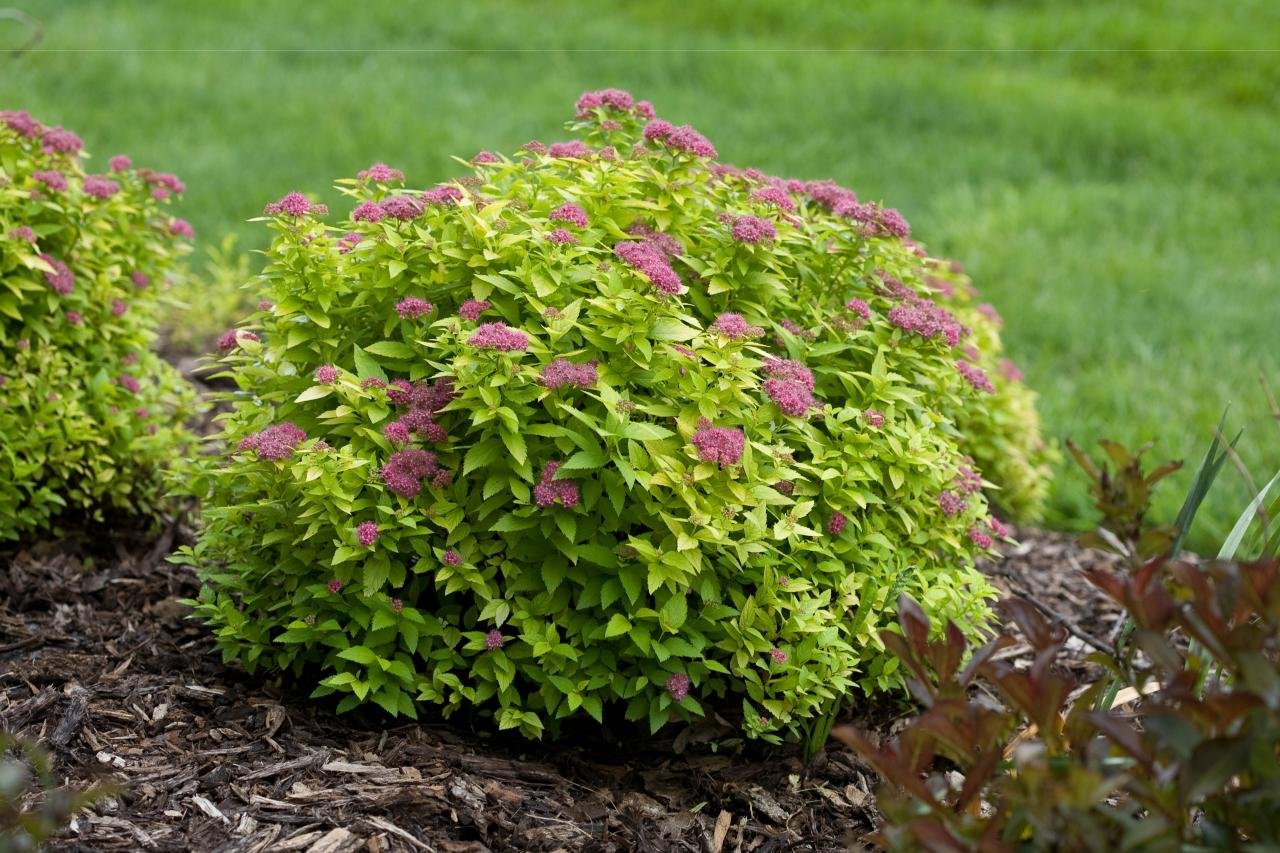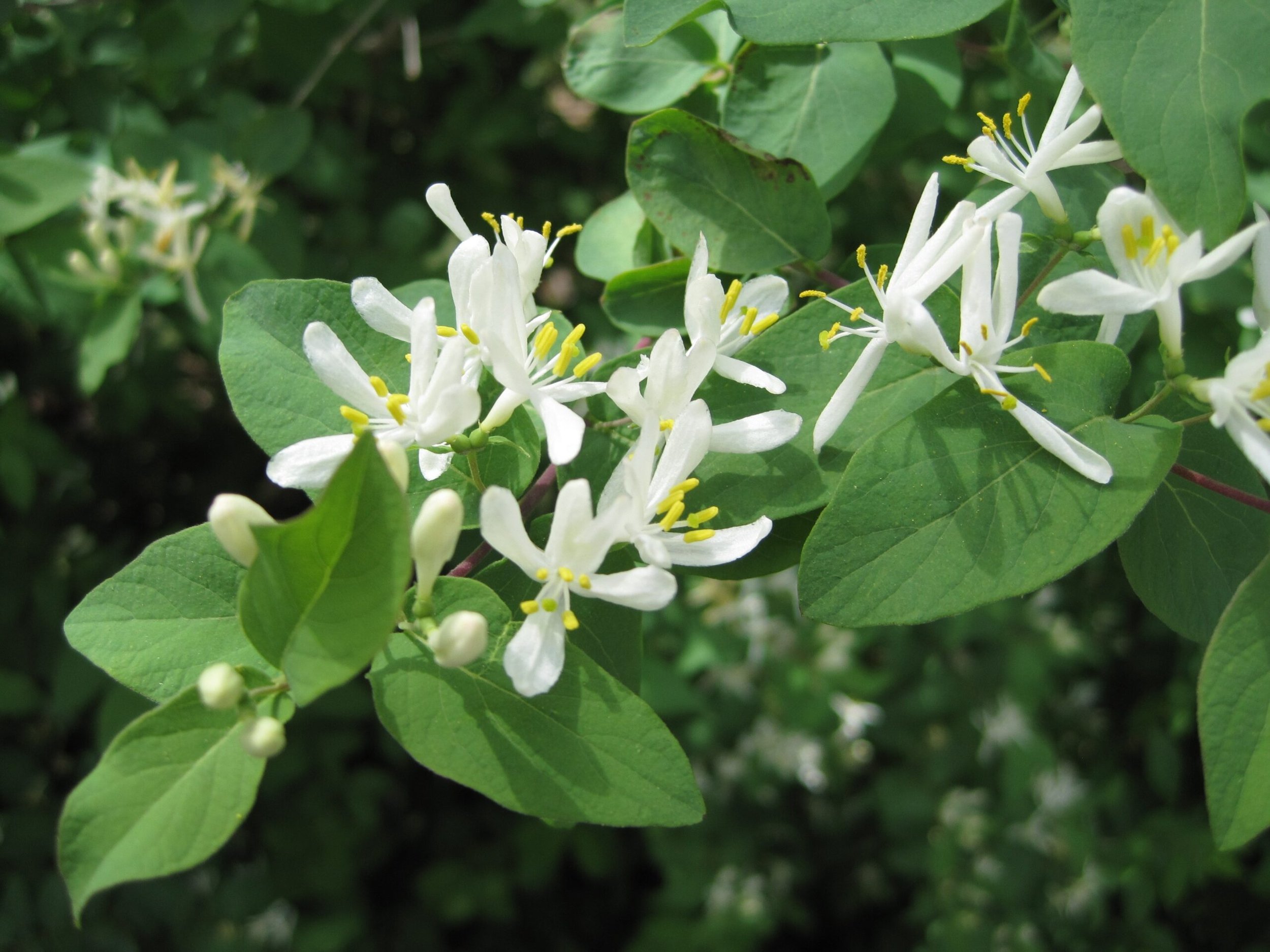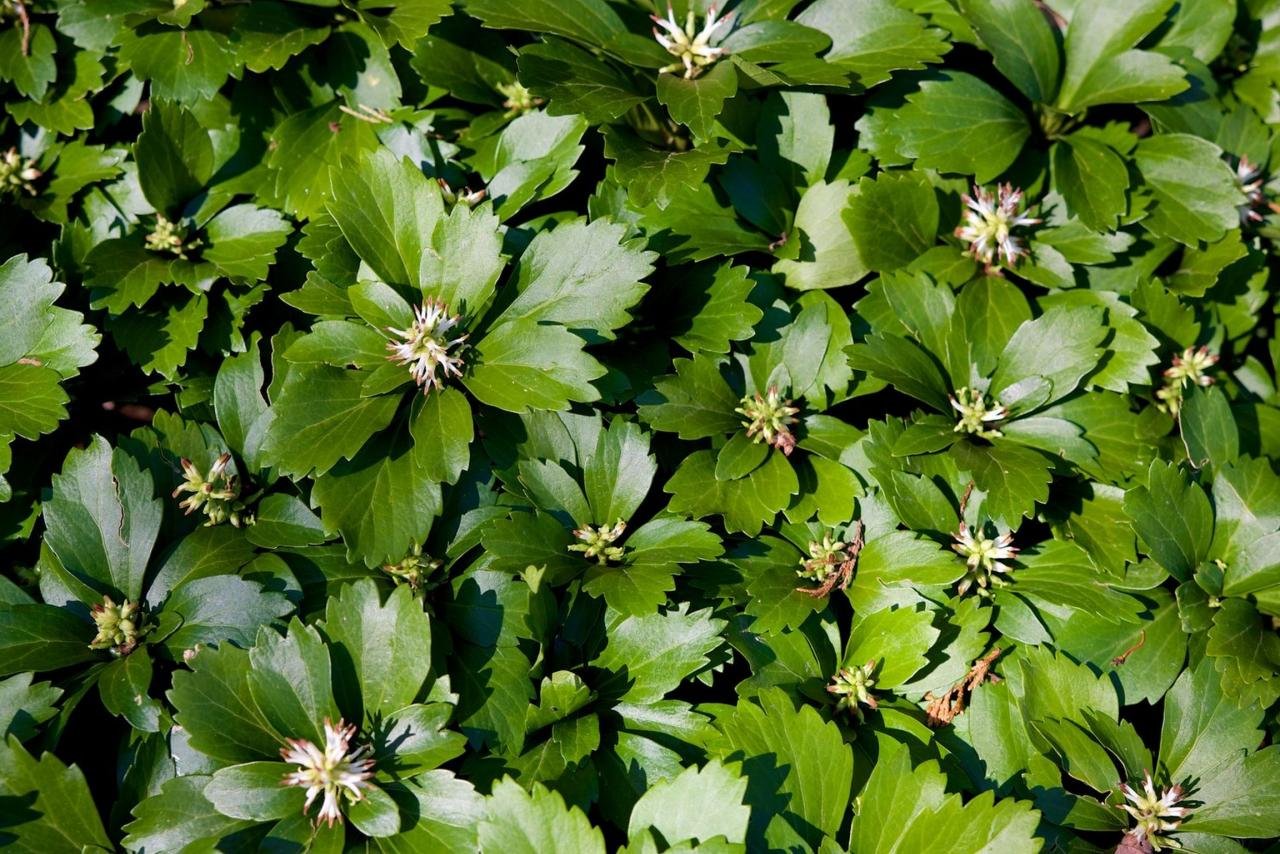INVASIVE SPECIES ARE AMONGST US!
Did you know that invasive trees, shrubs, and perennials are all around us and, maybe, in your garden too?!
GUIDE TO COMMON INVASIVE SPECIES
Everyone loves a nice shrub or tree in their yard, so you go to the nursery and pick a beautiful and colorful plant and think “AS nursery would never sell invasive species right?” WRONG!
Sometimes, plants that come from other regions can spread uncontrollably (by roots or/and seeds) for the lack of pests, diseases, and competition and they can quickly replace the local flora. And many of these plants are not a good food source for local fauna while attaching exotic species causing a decline in the local populations of birds, pollinators, and other living creatures. Entire ecosystems are devastated because of invasive species and it is up to us to make things right! Visit the Pennsylvania Department of Conservation and Natural Resources for an extensive list of invasive species.
In this blog we will discover some of the most common invasive species in Pennsylvania that are commonly seen on our yards:
TREES: Norway Maple, Tree of Heaven, Mimosa, Mulberry, Bradford Pear
SHRUBS: Barberry, Burning bush, Shrub honeysuckle, Buckthorn, Japanese spirea
VINES: English ivy, Japanese honeysuckle, Periwinkle, Asian wisteria
GRASSES AND HERBS: Chinese silver grass, Bamboo, Orange daily, Creeping Jenny, Japanese pachysandra.
HOW DO WE FIX THIS?
TREES
Norway maple: produces seeds in large amounts that spread via wind and germinate quickly even in the harshest conditions. Forests of Norway maples have less wildflower diversity. Pull out the small seedling and dig out larger ones. We do not want it to grow!
Tree of Heaven: also known as Chinese sumac because they really look alike! It spreads by seeds and roots and one cut will cause dozens of root suckers to develop creating large colonies so don’t cut them down…uproot them!
Mimosa: how can such a pretty tree be so invasive? It spread like the Tree of Heaven does so uproot them making sure not to spread seeds and if you cut them down treat them with chemicals. One bad thing bring more bad things (sigh).
Mulberry: fauna loves their fruits and that’s how it spreads. It spreads by root too. If uncontrolled it will compete with our local Morus rubra coming out on top and we don’t want that! Physical removal and chemical treatments are the way to go.
Bradford pear: oooh how common is this tree along the boulevards…it is slowly spreading towards the souther states via seeds and vegetatively. Remove manually or mechanically.
Norway maple
White mulberry
Tree of Heaven
Paper mulberry
Mimonsa - Albizia julibrissina
Bradford pear
2. SHRUBS
Japanese and European barberry: spreads mostly by seeds carries by birds and other animals but it also spreads by growing roots from the branches touching the ground (sneaky) forming large colonies in wooded areas putting pressure on native plants. It also collects ticks from the deer passing and rubbing on them (ew!!). Physically remove this shrubs but use thick gloves because the thorns are mean!
Burning bush: another pretty shrub but it is a prodigious seeds producer that fall near the mother plant forming colonies. Birds help carry the seeds elsewhere. No good! Highly competitive with natives it will win in this battle.
Shrub honeysuckle: but it smells so good! Unfortunately it spreads in every way possible causing problems for native plants and pollinators and birds…its fruits and pollen bear no nutrients for them. No biological control is known for this bad boy while chemicals seem to work well.
Buckthorn: spreads by seeds that have a laxative effect of birds and mammals…can you believe that!? It not only caused large colonies fighting the local plants but also causes high death of birds for high predation and it carrie oat crown rust reducing the quality of oat. Mechanical and chemical methods are the best to get rid of it.
Japanese spirea: so common, so loved, and so bad. Spreads by hundreds of seeds…yeah! That’s why your spirea keeps growing. Its seeds can last many years in the soil so it’s not that easy to get rid of it. Manually remove the seedling to keep this rascal in check.
Barberry
Buckthorn
Burning bush
Japanese spirea
Shrub honeysuckle
3. VINES
English ivy: spreads by seeds and by vegetative growth. Climbing on trees it cause mechanical stress but also covers the branches reducing the photosynthesis in the tree causing a slow but gradual decline of the plant. As a ground cover it creates dense mats killing native plants. A bacteria that causes leaf scorch in native trees grows on it too! For the ground cover pull it and cover the soil in a thick layer of mulch for a couple of season. Cut the bottom of the vine for the ivy that grown on the tree.
Japanese honeysuckle: spreads by seeds and vegetative growth. It can choke smaller plants. Pull entire vine including roots to remove. Might need to repeat this process a few times. Don’t cut it or it will grow back stronger than ever!
Periwinkle: so so so common isn’t it? This planet spreads fast by rhizomes and grows on top of good plants taking over. Remove the entire plants and roots to effectively get rid of it.
Chinese and Japanese wisteria: spread vegetatively and it just keeps on growing! Because of the strength of its stems it can outcompete tress and shrubs for light. Manually remove the plants by the roots in small colonies. If the wisteria grows on trees, cut the base of the stem and leave the vine on the tree to avoid damage to the tree. Chemical treatments might be needed for severe infestations.
English ivy
Periwinkle
Japanese honeysuckle
Japanese wisteria
4. GRASSES AND HERBS
Chinese silvergrass: probably the most common tall grass in our yards and also one of the worst! Spreads mostly through roots and rhizomes and potentially through seeds too. It escapes our yards easily and often displacing native vegetation and it is very flammable! Manual control is very hard and it might take years before you remove all the roots. Herbicides are more effective but we prefer some elbow oil to chemicals.
Bamboo in every form and shape (no matter what they say): spreads by very strong rhizomes and it will escape any confinement you so thoughtfully created…it is a professional escapist, it’s not your fault. It will grow fighting the native flora and it will be very difficult to remove. Chemicals unfortunately are the way. And most of all PREVENTION.
Orange daylily: it spreads very rapidly and it is hard to remove manually, it will needed repeated work. Mowing over them and cver them with much repeatedly will help smother the plants. It will compete against wildflower so you better not plant this dailies in your garden.
Creeping Jenny: lovely along retaining walls or in planters isn’t it? NO! Keep it in check because it does like to spread and could cause dense mats displacing natives.
Japanese pachysandra: oh what do we have here? This plants is literally everywhere!! It grows quickly, much faster than good plants and it has very little benefits to wildlife. Just pull it out already. Oh it attracts rodents, didn’t you know? Well now you do!
Chinese silvergrass
Creeping Jenny
Bamboo
Orange dailily
Japanese pachysandra
5. HOW DO WE FIX THIS?
Choose natives and naturalized plants. Learn about plants and their benefits and plant a pollinator garden!
Variety is the key, choose good plants and many of them!
Reduce the lawn space. Lawn requires a lot of care, chemicals, and it is high maintenance. Plant a garden instead!
Ask the help of a professional. We are always happy to help the environment while bringing beauty to your garden.
Email us at patrizia@gardenaliapgh.net for design inquiries.
Reference: https://www.dcnr.pa.gov/Conservation/WildPlants/InvasivePlants/InvasivePlantFactSheets/Pages/default.aspx





















